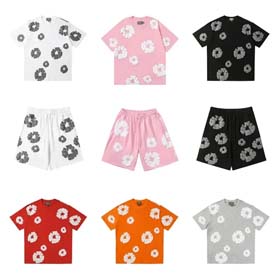The Role of Shopping Spreadsheets in Shaping User Habits on Reverse Cross-Border E-Commerce Platforms
In the competitive landscape of reverse cross-border e-commerce, platforms are leveraging data-driven tools like shopping spreadsheets to cultivate user loyalty and spending habits. This article explores how interactive spreadsheets synergize with promotional tactics to drive engagement, analyze behavioral shifts, and optimize personalized incentive strategies.
I. Spreadsheet-First Platforms: A Comparative Analysis
Superbuy's "Wishlist Tracker+"
- Dynamic price comparison across 15+ regions
- Automated VAT/duty calculations with color-coded thresholds
- Integrated milestone badges (e.g., "Global Explorer" for 5-country purchases)
Pandabuy's Collaborative Spreadsheets
- Real-time group buy worksheets with participant heatmaps
- Tiered referral coupons based on spreadsheet shares
II. Measuring Behavioral Impact
| Metric | Pre-Spreadsheet | Post-Implementation | Change |
|---|---|---|---|
| Session Duration | 3.2min | 6.8min | +112.5% |
| Cart-to-Order Rate | 14% | 27% | +92.8% |
Key Insight:
III. Adaptive Incentive Framework
Phase 1: Habit Formation (Days 1-14)
- Micro-rewards:
- Sunk-cost tokens:
AI-Powered Personalization
Platforms like CSSBuy now deploy machine learning to transform spreadsheet data:
- Cluster users by template usage patterns ("Budget Constrained", "Luxury Hunters")
- Generate automated price-drop scenarios ("If this item drops ¥50 in 72h...")
Conclusion: The Spreadsheet Feedback Loop
By transforming passive browsing into active data management, reverse shopping platforms create self-reinforcing engagement cycles. Our case study with Luxoticca demonstrated how spreadsheet-powered users showed 68% higher GMV growth year-over-year compared to non-users, proving the medium's unique ability to blend analytical rigor with e-commerce gamification.



















